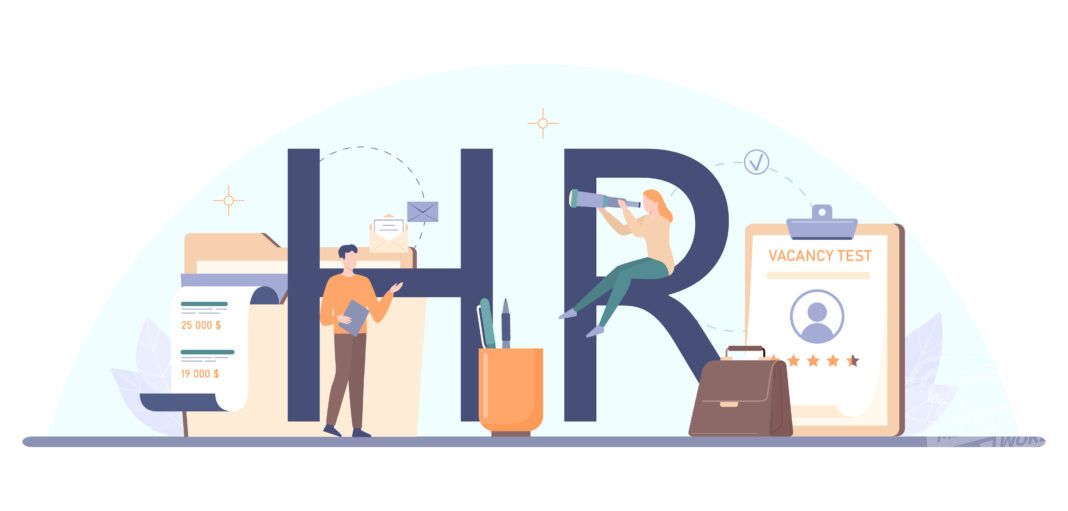More than any single event in the past few decades, the COVID-19 quarantine has fundamentally reshaped the way people work. Along with this has come an even more urgent need to rethink the way HR departments operate. Functioning at its highest level, HR has a profound effect upon the growth and success your company can attain. With that in mind, let’s look at some tips for modernizing the HR function.
HR and the Gig Economy
Workforce flexibility has emerged as a highly useful tool. More and more organizations are finding it necessary to look outside their full-time employee roster to accomplish essential short-term tasks. Some estimates posit that up to 50% of staffing will be met by consultants, freelancers, contractors, and contingent workers by mid-decade.
This paradigm shift brings with it several advantages. Among them are the ability to pivot into promising areas of endeavor quickly, rapidly scale headcounts to meet short-term challenges, and fewer employee-related expenses.
This means your HR team must be up to date on the regulatory requirements of engaging outside talent. It must be aware of the benefits to which these people are entitled, despite their “zero-hours” status. Classifications vary within this category, so your team must be careful to ensure that your practices comply with all pertinent regulations.
Your HR team will also need to achieve new levels of efficiency in terms of “buying-in” talent, just as your procurement team does with services and equipment and the like. In other words, the methods by which temporary workers are requested, located, brought in, integrated, and compensated will need to adapt to this new model.
HR and Automation
The old model of filling out a form in triplicate for an HR-related request is both antiquated and debilitative. Moreover, many of the Q&A functions HR has traditionally served are outdated as well. The digital revolution has introduced heretofore-unprecedented efficiencies in these regards.
Online knowledge bases can free your HR team of the burden of responding to FAQs. Automating requests for time off and giving workers the capability of keeping their own personal details current introduces even more efficiency.
The key is to determine the best functions and processes to which this form of HR transformation can be readily applied in your organization.
HR and Analytics
Informed personnel-related decisions, backed by solid data, can also strengthen HR operations. Contemporary predictive analytics tools can help you see patterns in employee behaviors and attitudes with which you can get ahead of potential problems.
Recognizing patterns in the data could help you take steps to engender a higher degree of employee satisfaction and therefore loyalty — often before employees become dissatisfied with their situations. Holding on to top talent is key to the success of any business undertaking and predictive analytics can help you accomplish this more readily.
HR and the Employee Experience
We’ve touched upon this briefly above, however, the importance of this aspect of your HR operations justifies a separate entry here. Providing flexible working options for your team, such as work from home days, paid maternity leave for dads and other thoughtful benefits, is critical to holding on to top talent in today’s work environment.
The good news is that cloud-based collaboration tools have made it possible to provide these opportunities without compromising productivity. However, going beyond that aspect of the employee experience is the importance of ensuring that members of your staff know they are valued, supported, and respected. Implementing HR initiatives in support of accomplishing these efforts, along with the suggestions above, will go a long way toward modernizing the HR function in your organization.










